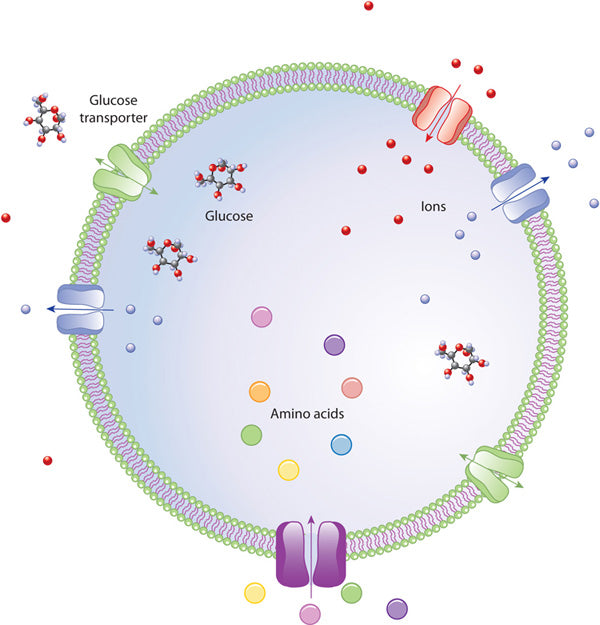Exosomes and stem cells are both important components in regenerative medicine, but they have distinct characteristics and functions. Exosomes and Stem Cells can be used for reinvigorating aging, sagging facial skin and for stimulating hair growth. The results of these treatments can change the look of your skin, making it tighter and brighter. Her is some information on the difference in stem cell or exesome treatment.
Stem cells are undifferentiated cells that have the ability to develop into specialized cell types in the body. They play a crucial role in tissue repair and regeneration. Stem cells can be sourced from various places, such as bone marrow, adipose tissue, or umbilical cord blood.
On the other hand, exosomes are tiny extracellular vesicles that are released by cells. They contain various biomolecules, such as proteins, RNA, and lipids, which enable them to carry out cell-to-cell communication. Exosomes can be thought of as "messengers" as they transfer information and molecules between cells.
While stem cells have the potential to differentiate into different cell types, exosomes are involved in signaling and modulating cellular processes. Exosomes can deliver their cargo to target cells and influence their behavior, such as promoting tissue repair, modulating inflammation, or enhancing cell survival.
In summary, stem cells have the ability to differentiate and become different cell types, while exosomes function as communication vehicles between cells, delivering signals and molecules to influence cellular behavior. Both stem cells and exosomes have promising applications in regenerative medicine, but they work through different mechanisms.



